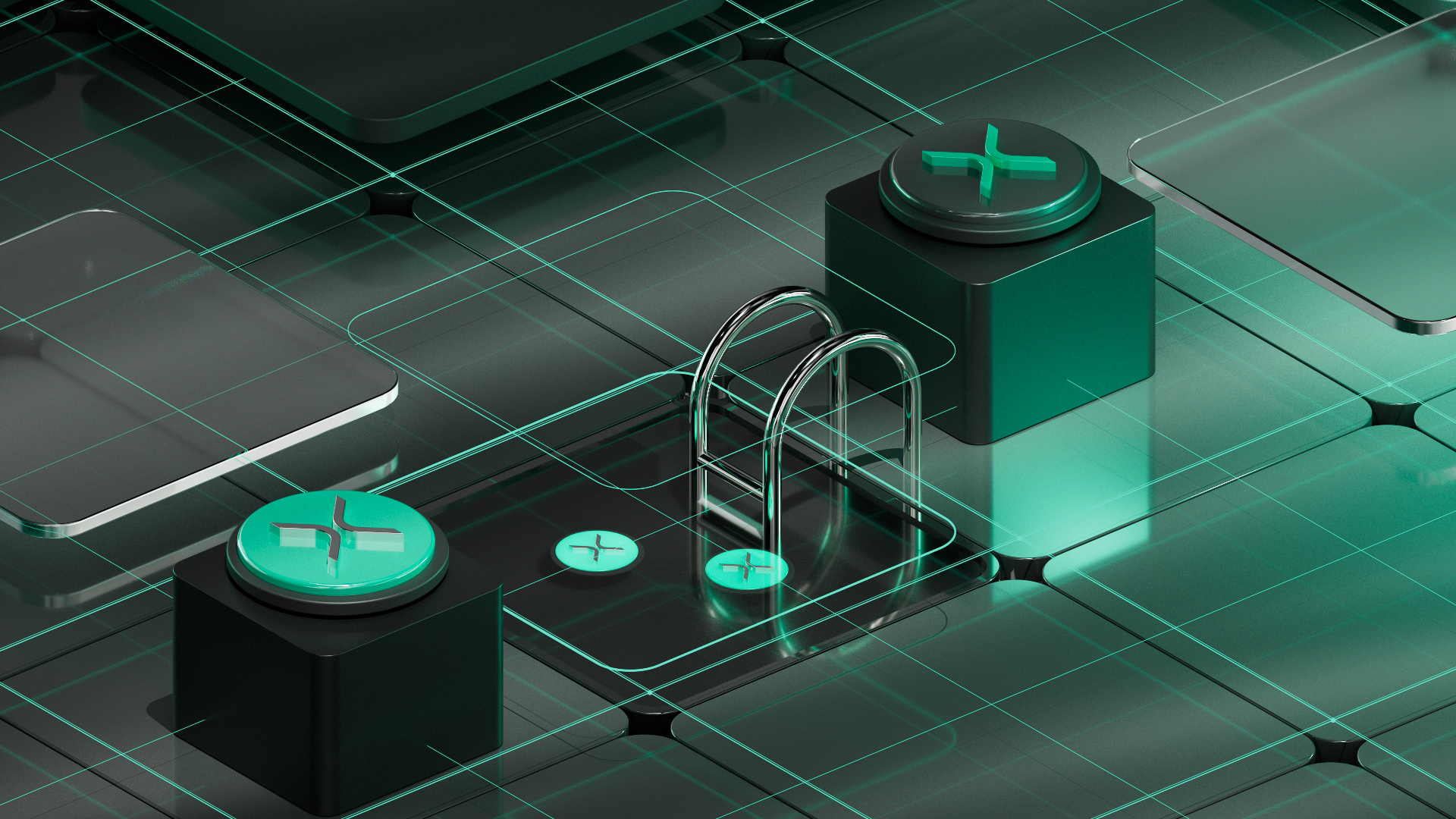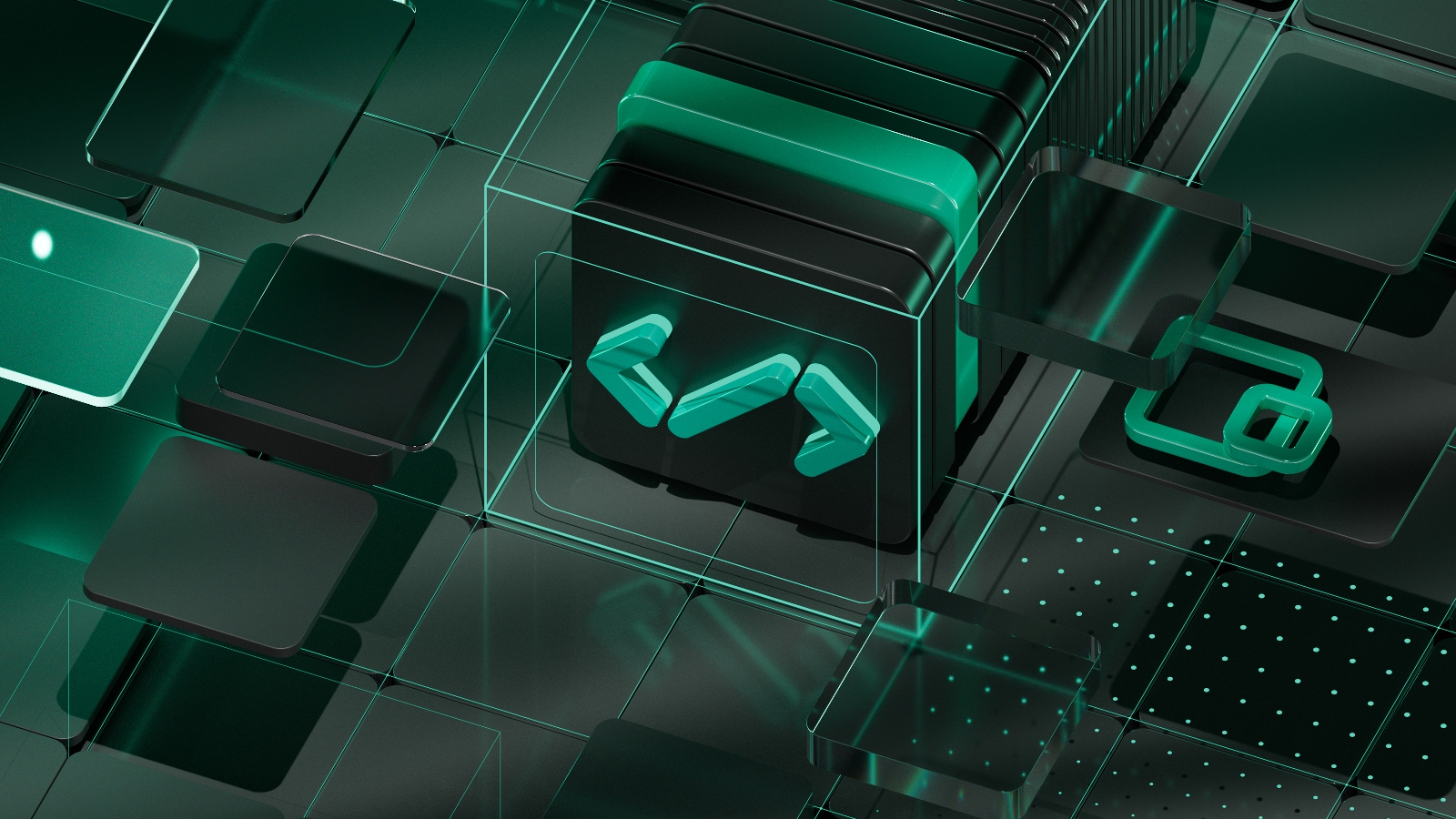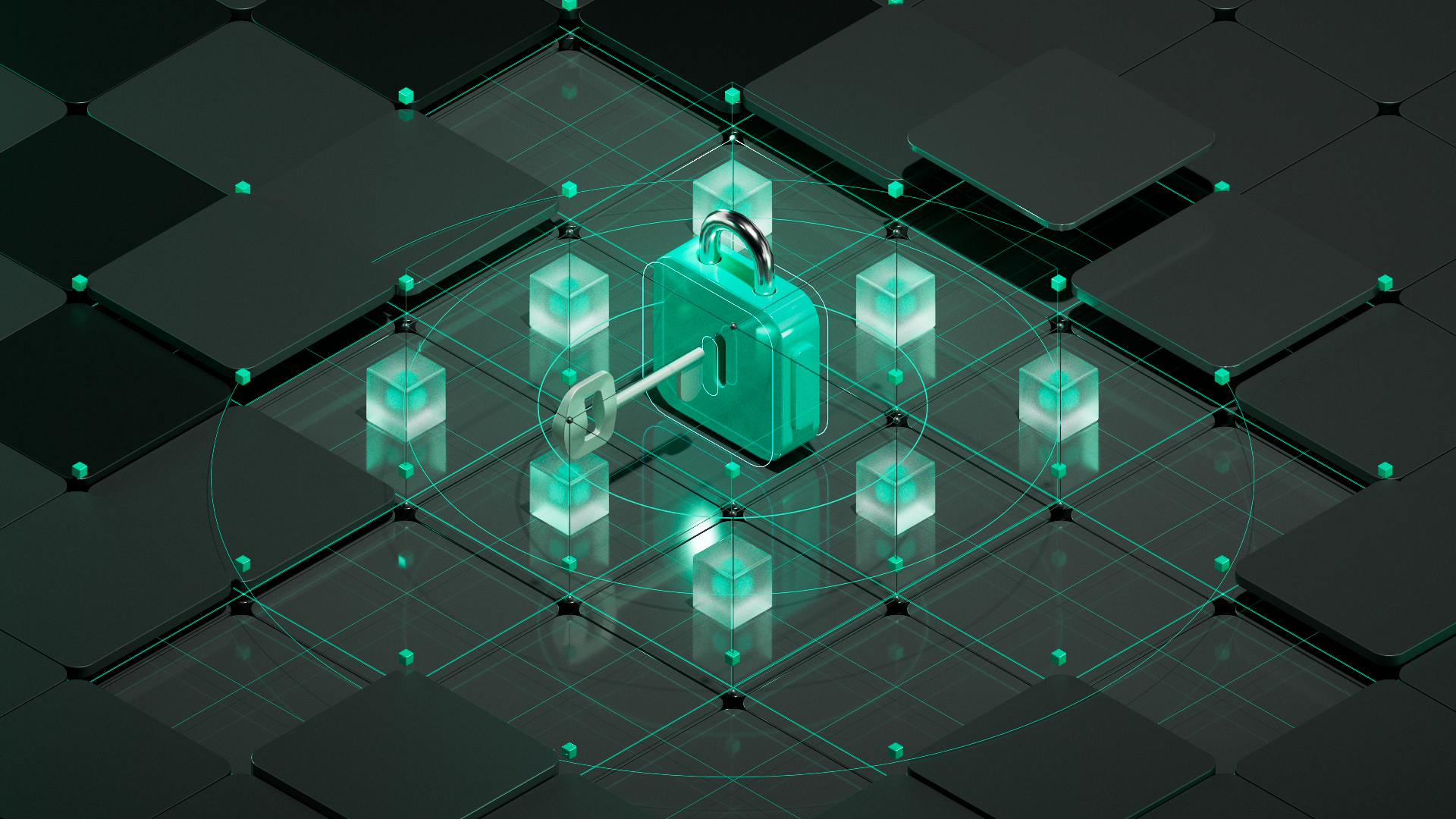The Key Differences Between Custodial Wallets and Non-Custodial Wallets
As the adoption of cryptocurrencies continues to soar, choosing the right wallet becomes crucial for safeguarding digital assets. Custodial and Non-Custodial Wallets present distinct approaches, each with its own set of advantages and limitations. In this detailed analysis, we delve deeper into the intricacies of these wallet types to help users make informed decisions based on their preferences and priorities.
Transaction Confirmations & Security
Custodial wallets typically require more transaction confirmations before finalizing a transfer. This added step aims to enhance security and reduce the risk of fraudulent transactions. However, the trade-off is a potentially longer waiting time for transactions to be completed, which might not be suitable for users who require instant transfers.
On the other hand, Non-Custodial Wallets generally require fewer confirmations, allowing for quicker transactions. While this setup can be advantageous in terms of speed, it is essential for users to remain vigilant and choose a reliable wallet provider that implements adequate security measures to protect against potential threats.
Identity Verification (KYC)
Custodial wallet services often mandate users to undergo Know Your Customer (KYC) verification. While this process can be seen as a measure to comply with regulatory standards and prevent illicit activities, it comes at the cost of compromising the anonymity that cryptocurrencies inherently offer. For privacy-conscious individuals, this requirement might deter them from using custodial wallets.
Non-Custodial Wallets, in contrast, eliminate the need for KYC verification. Users can create and manage wallets without revealing their identity to any third party. This characteristic aligns more closely with the original ethos of decentralized cryptocurrencies, where users can maintain full control over their financial privacy.
Data Centralization and Risks
One of the primary concerns with custodial wallets is data centralization. As these wallets are linked to a third-party service provider, the data of their clients is consolidated in one location, making it an attractive target for potential data breaches. Such incidents could expose sensitive user information and pose a threat to users’ funds.
Non-Custodial Wallets, by design, mitigate this risk as they function independently of other users. Since users retain full control over their private keys, their data remains separate from that of others, reducing the potential impact of a data breach.
Password and Key Management
Custodial wallets offer a degree of convenience when it comes to password recovery. Users who forget their password can typically seek assistance from the wallet provider to regain access to their accounts. This safety net can be reassuring for those concerned about losing access to their funds.
However, in non-custodial wallets, the onus lies entirely on the user to manage their private keys or mnemonic phrases diligently. Losing this critical information could result in permanent loss of access to the wallet and the funds stored within it. As such, users must take extra precautions to secure these essential details.
Two Kinds of Non-Custodial Wallets
Hardware Wallets: The Fortresses of Security
Hardware wallets are widely regarded as the gold standard for securing cryptocurrencies. These physical devices, like Ledger Nano S or X, keep private keys isolated from online connections, rendering them immune to cyber threats. Users must enter a physical passcode on the device before accessing their private keys, providing an extra layer of security against unauthorized access.
Software Wallets: Convenience on Devices
Software wallets, available as applications on computers or smartphones, offer convenience and accessibility. Users can manage their funds directly from their devices, making it a popular choice for everyday use. However, users must be mindful of potential security risks associated with using software wallets on internet-connected devices.




